Zhang Lanpo
A MULTITUDE OF RIDDLES, IN STASIS, IN THE OPEN
The title is drawn from Zhang Lanpo's work Red Cliffs. Stasis and openness, the directed impressions from Zhang Lanpo's works in the past two years have evoked in me.
Stasis is the “sensory experience” while viewing. It’s as if, when I enlarge Zhang Lanpo’s images and attempt to delve into the details, I find myself pulled, constrained, and perspiring profusely from the intricacies within the images. I try to venture deeper into the vaguely discernible crevices, but my progress is hampered by the sense of stasis. Openness, on the other hand, is the aftertaste of viewing – a vast expanse that is hollowed out in my mind from my eyes, leading back to the light source within the frame – an aperture. Even when I step back one step at a time from the oversized prints hanging on the wall, retreating to the vast expanse of reality beyond the picture frame, there is still an urge to be absorbed into the blinding white void. What kind of openness awaits on the other side?
Stasis and openness unravel a myriad of mysteries surrounding history and human nature, revelation and concealment, death and eternalness (or conversely, oblivion). The latter also points to my ultimate fear, which has persisted over the years: the fear of no longer perceiving anything after both the physical and spiritual aspects of a person vanish, while time and the universe continue to exist in a state of “forever.” It's not so much a fear of death itself but a dread of the ensuing emptiness and void of absolute silence – a world that will keep on turning, but I will forever remain unable to perceive or experience it. This fear, to some extent, found concrete representation when I first encountered Zhang Lanpo’s works, while also providing a sense of solace because “the unknowable” is temporarily dissolved within his creations.
Zhang Lanpo’s works inject subtle yet potent illumination into the exploration of mysteries surrounding death and the afterlife. During a conversation we had, Zhang Lanpo expressed an understanding of my earlier mentioned ultimate fear, “A few years ago, I was misdiagnosed with a terminal illness due to tinnitus. Though this misunderstanding lasted only two days, during those 48 hours, I deeply experienced... everyone will eventually confront the ultimate fear, and ultimately face nothingness. Fortunately, when looking back from the endpoint, many things become clear at a glance. It is precisely because of the contrast with the void of the future that this life is reflected with radiance or enchantment.”
Within the cave, Zhang Lanpo carves through the profound void: segments of sculptures, stones, models, ashes, skeletal specimens, vascular nerves, pathological sections, and other concealed or taboo existences. He molds them into various symbolic representations of history’s buried remnants. The genesis of these symbols gradually unveils the pure darkness. In doing so, Zhang Lanpo strives to progressively push back “the ultimate fear”, allowing light to pierce through the dark canvases and create what he refers to as a “self-illumination” visual effect. In the originally pitch-black abyss, Zhang Lanpo excavates the “brightness at arm’s length” – “I stand and gaze closely, at the edge of darkness, life’s fleeting nature, with myriad golden rays.”
Text By He Bo
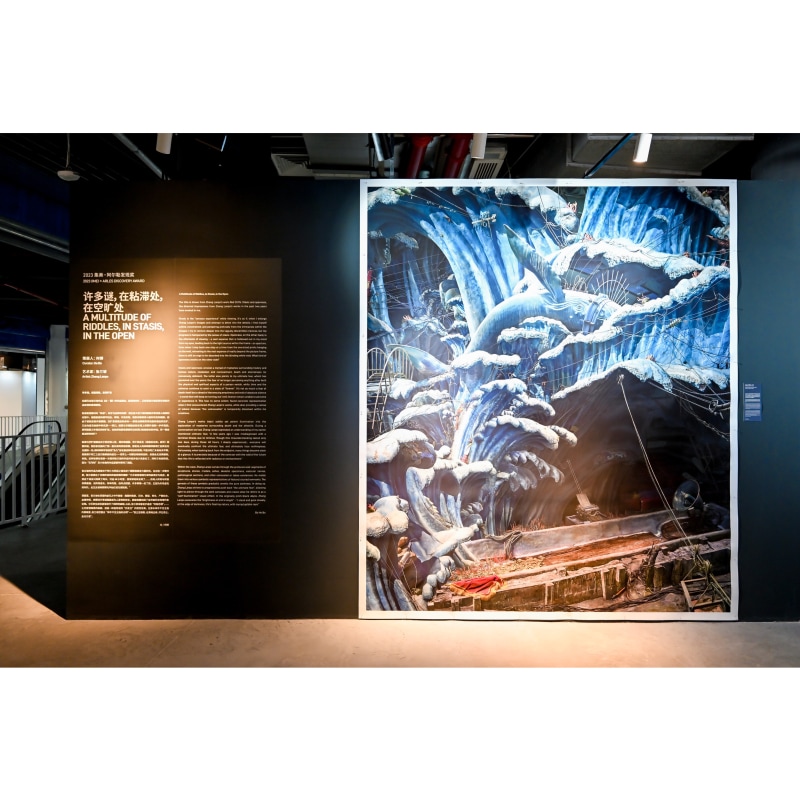
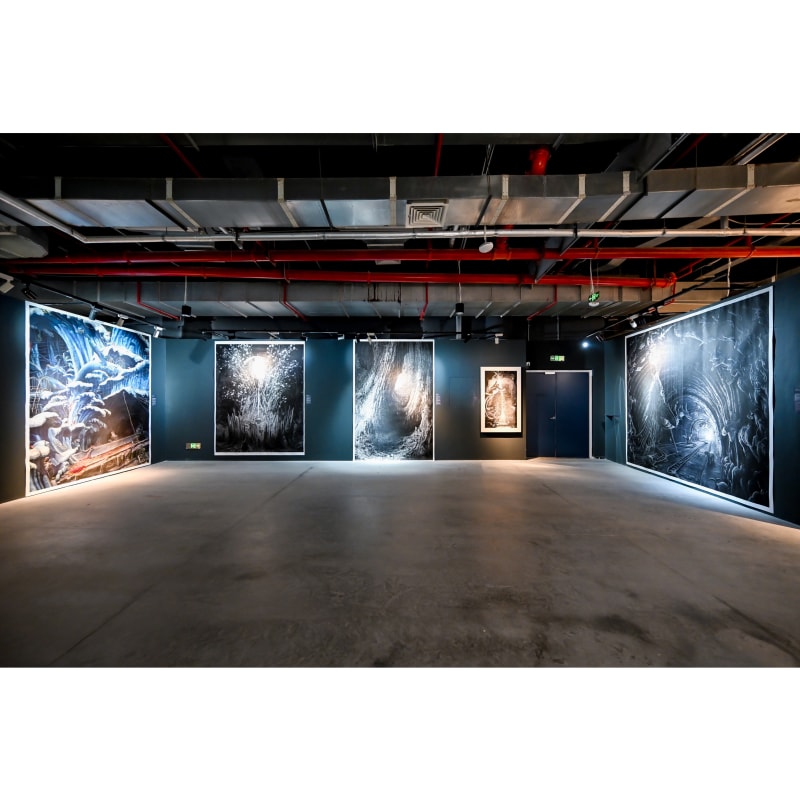

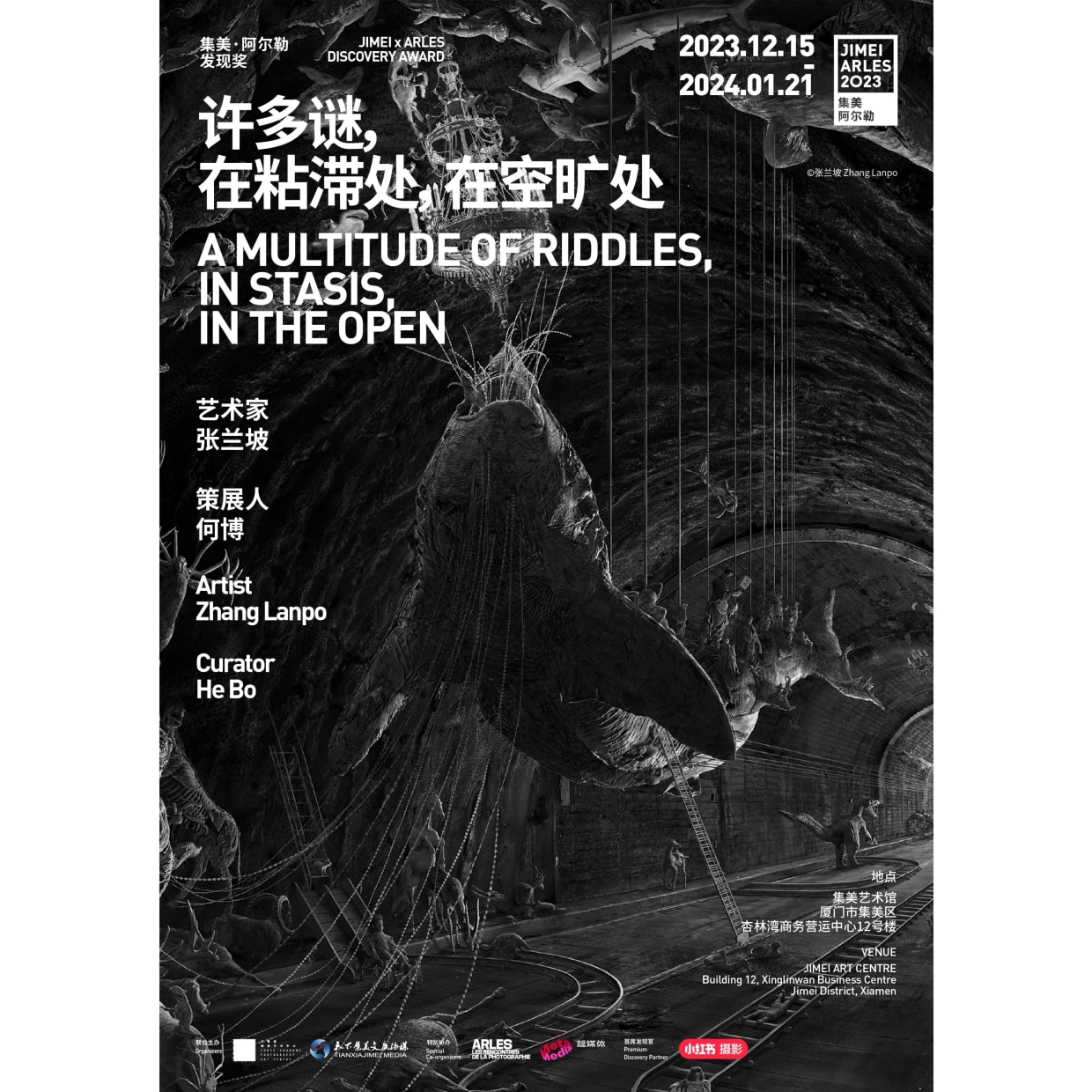
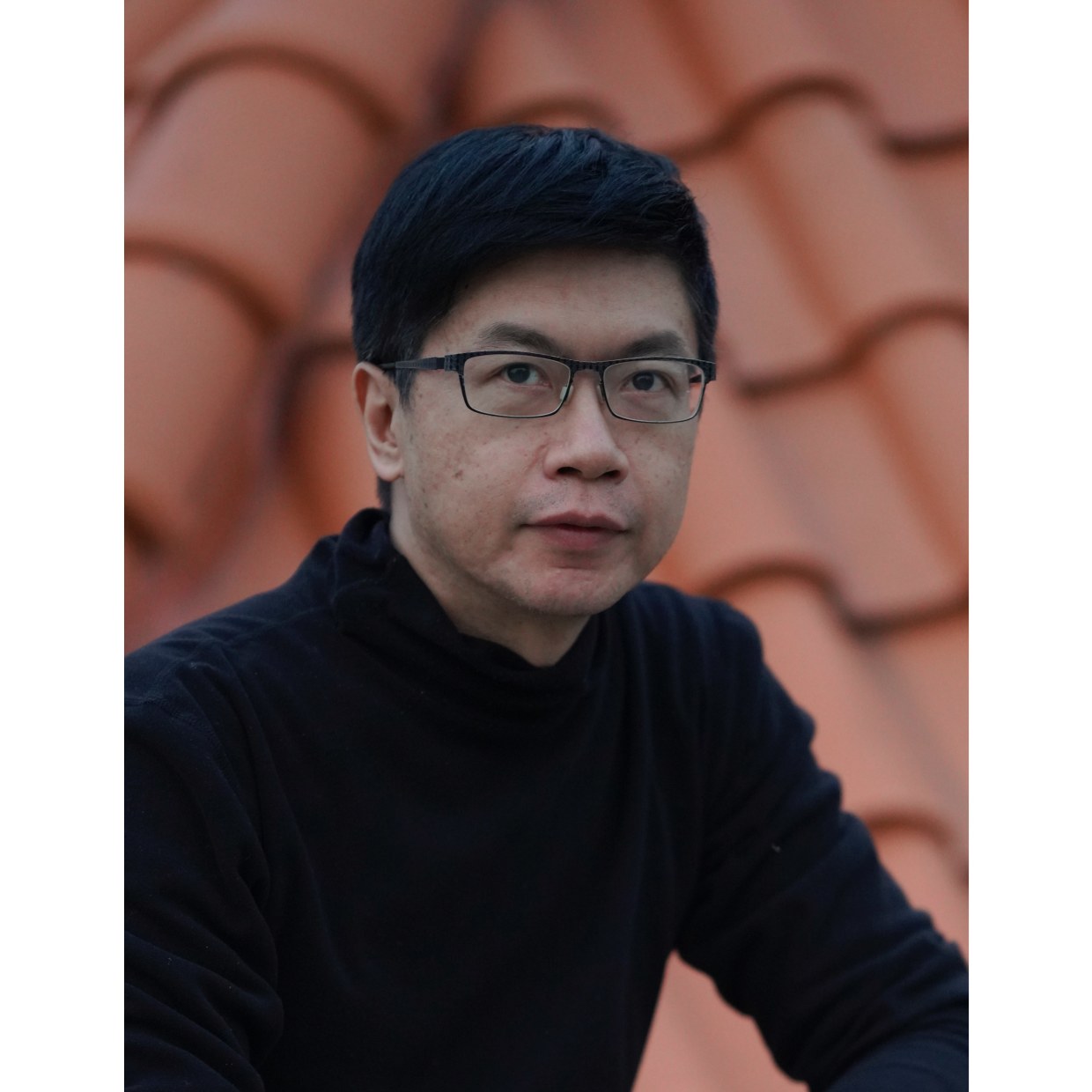 Portrait of Zhang Lanpo
Portrait of Zhang Lanpo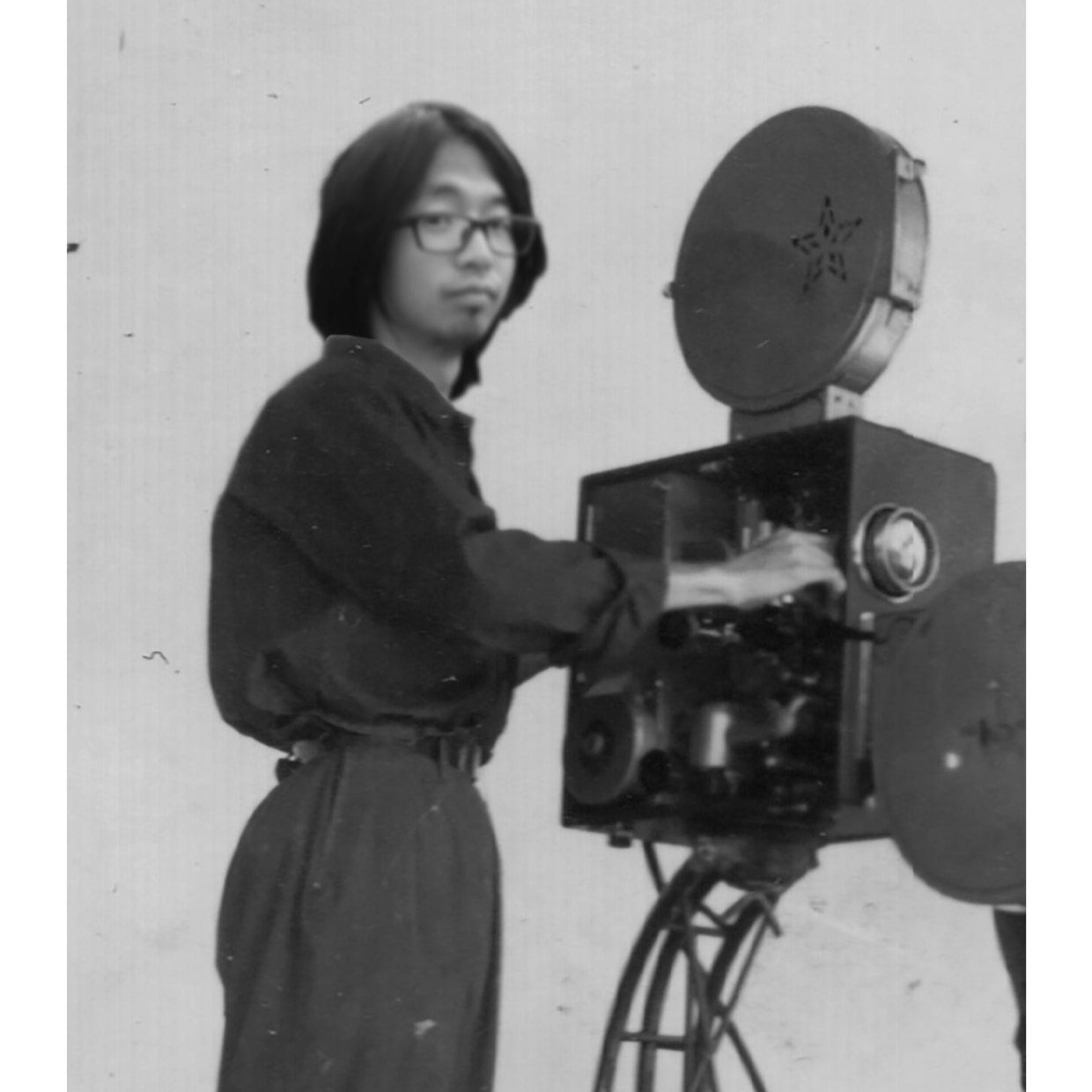 Portrait of He Bo
Portrait of He Bo Zhang Lanpo, "Red Cliff", 2020. Giclee Print, 600 x 280 cm. Courtesy of the artist.
Zhang Lanpo, "Red Cliff", 2020. Giclee Print, 600 x 280 cm. Courtesy of the artist.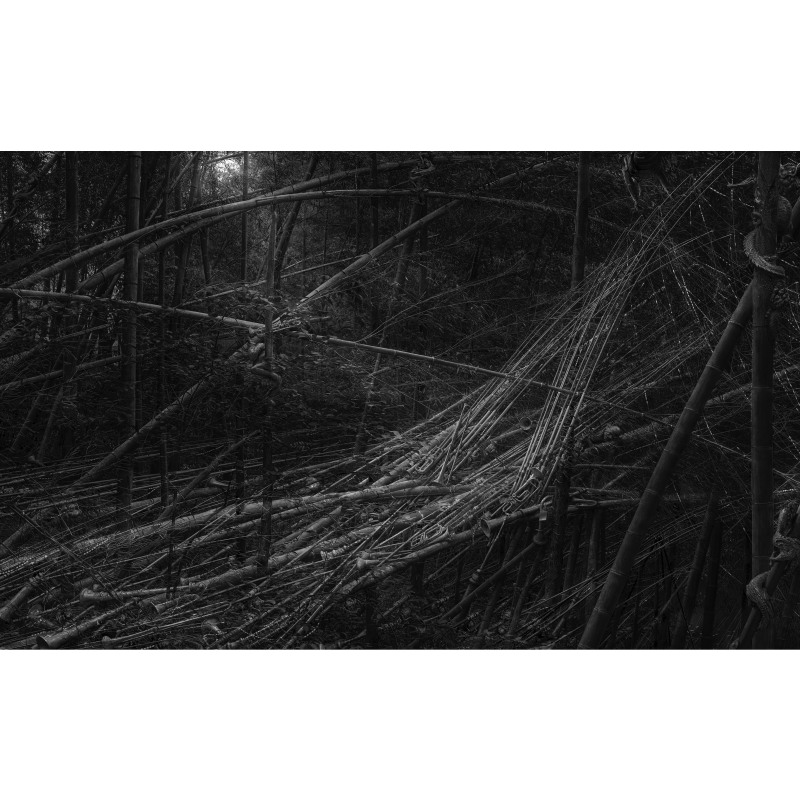 Zhang Lanpo, "Big Fish", 2021. Giclee Print, 240 x 150 cm. Courtesy of the artist.
Zhang Lanpo, "Big Fish", 2021. Giclee Print, 240 x 150 cm. Courtesy of the artist.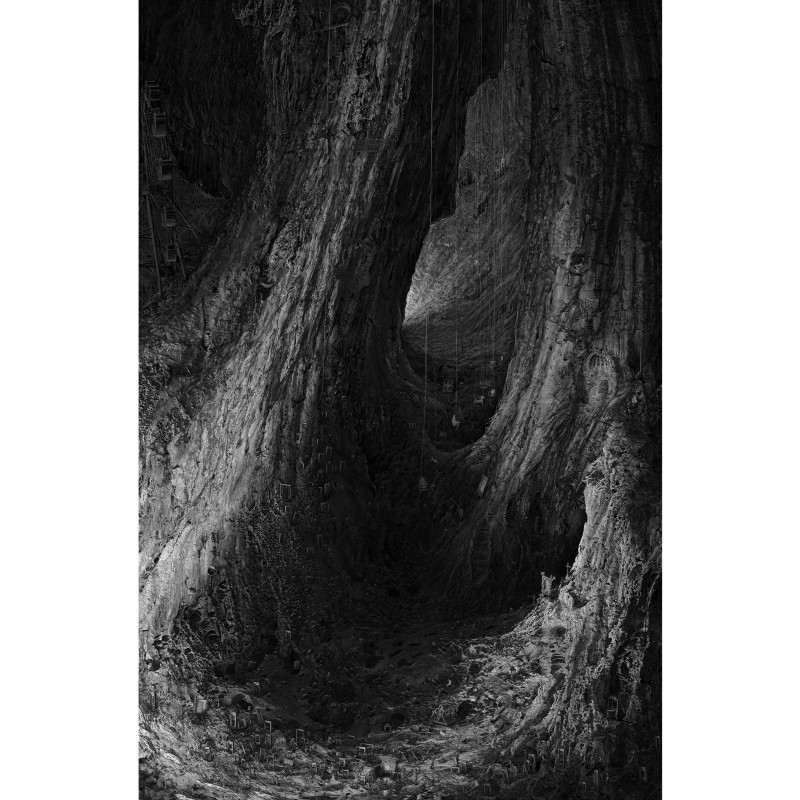 Zhang Lanpo, "Giant 4", 2021. Giclee Print, 300 x 450 cm. Courtesy of the artist.
Zhang Lanpo, "Giant 4", 2021. Giclee Print, 300 x 450 cm. Courtesy of the artist.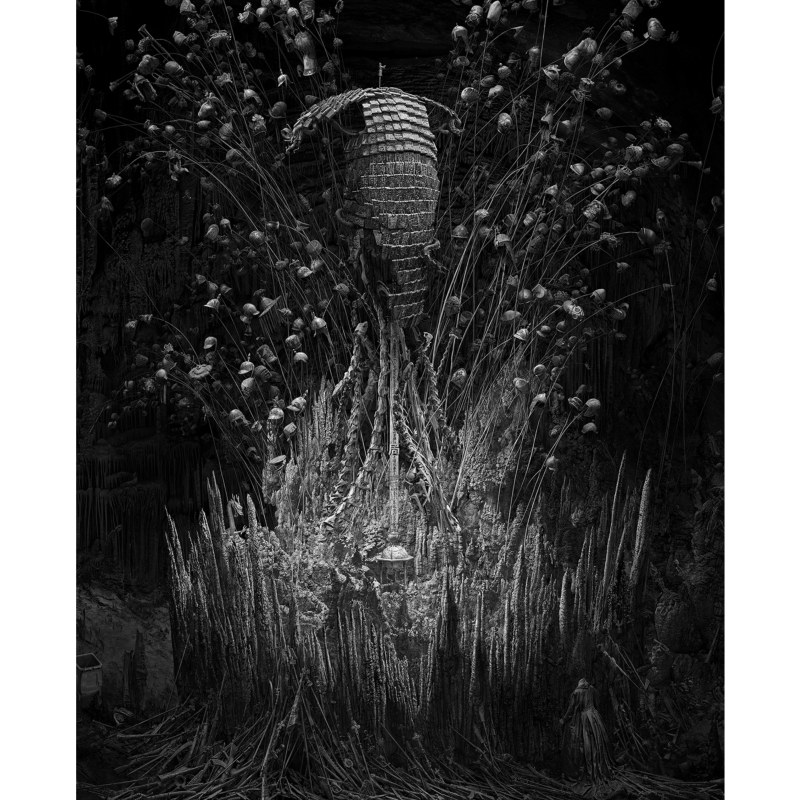 Zhang Lanpo, "Giant 5", 2023. Giclee Print, 300 x 370 cm. Courtesy of the artist.
Zhang Lanpo, "Giant 5", 2023. Giclee Print, 300 x 370 cm. Courtesy of the artist. Zhang Lanpo, "Tidal Residue", 2022. Giclee Print, 85 x 150 cm. Courtesy of the artist.
Zhang Lanpo, "Tidal Residue", 2022. Giclee Print, 85 x 150 cm. Courtesy of the artist. Zhang Lanpo, "Fisherman's Pride", 2023. Giclee Print, 300 x 340 cm. Courtesy of the artist.
Zhang Lanpo, "Fisherman's Pride", 2023. Giclee Print, 300 x 340 cm. Courtesy of the artist.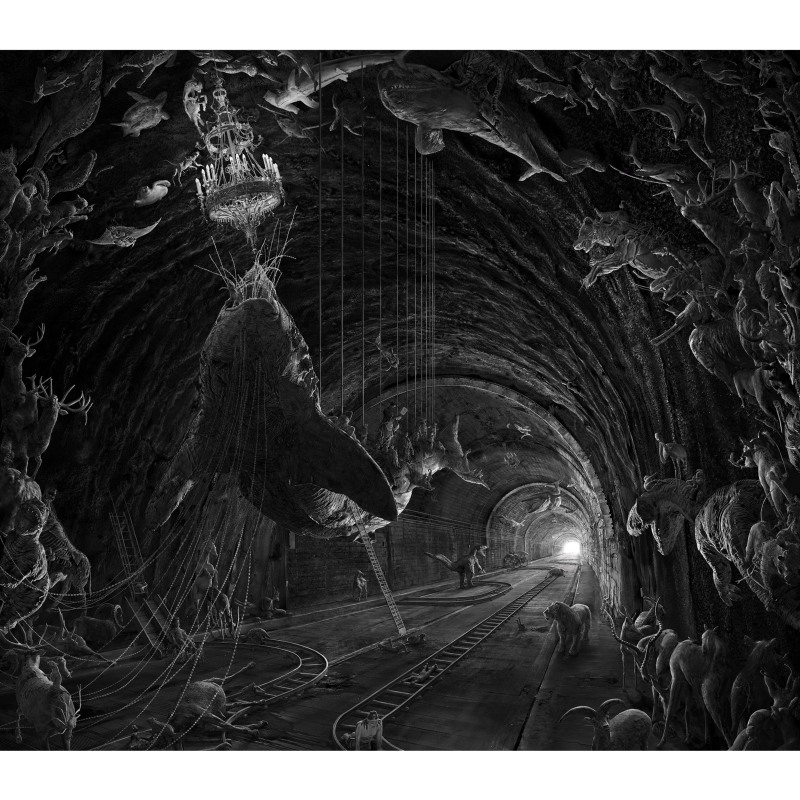 Zhang Lanpo, "Rifling", 2022. Giclee Print, 300 x 262 cm. Courtesy of the artist.
Zhang Lanpo, "Rifling", 2022. Giclee Print, 300 x 262 cm. Courtesy of the artist.